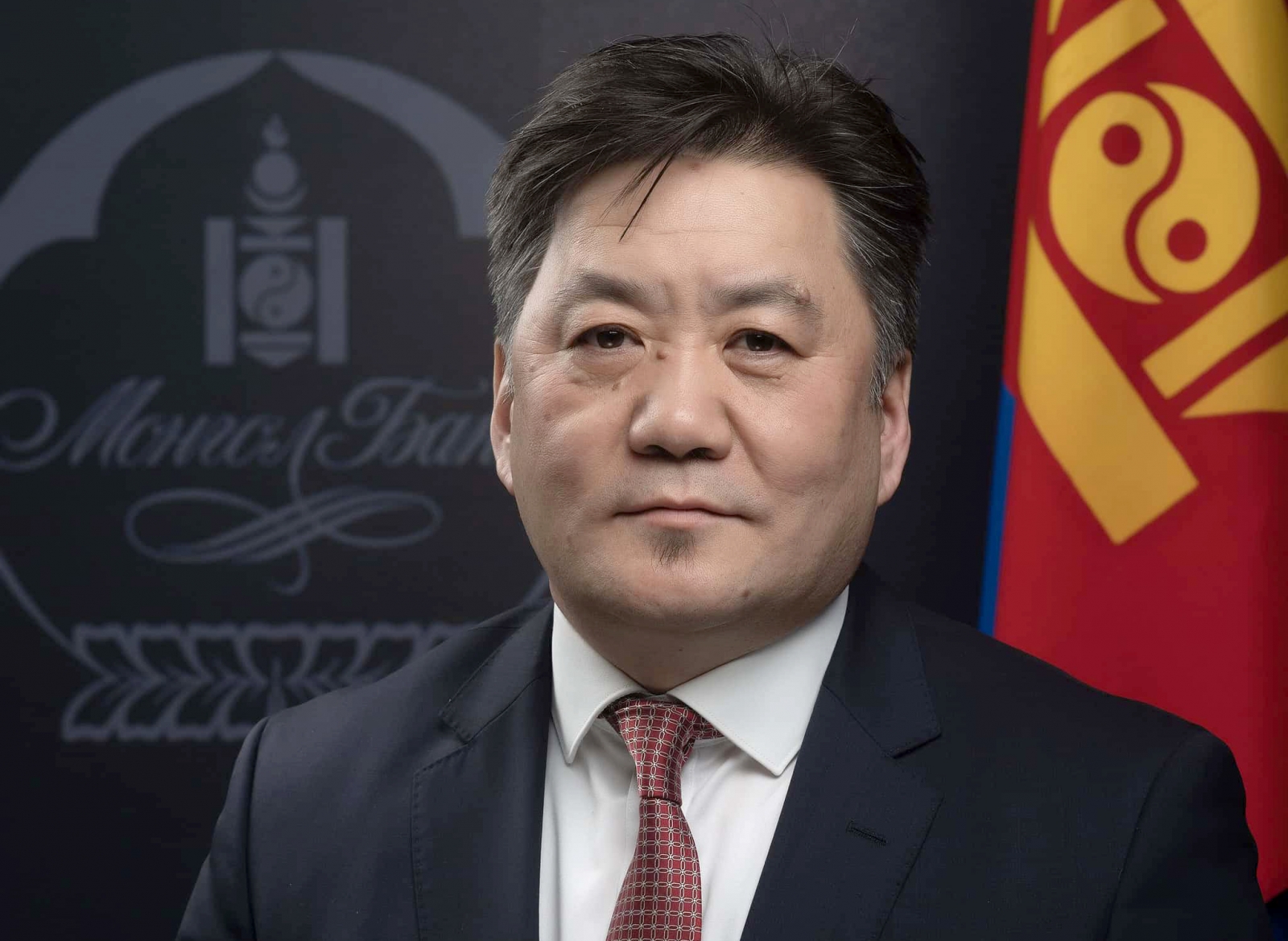Growth And Restructuring: Q&A With Mongolia’s Central Bank Governor Byadran Lkhagvasuren

Byadran Lkhagvasuren, governor of the Bank of Mongolia, speaks to Global Finance about the country’s growth prospects and its pursuit of sustainable economic development.
Global Finance: What is Mongolia’s economic growth outlook for 2024-2025?
Byadran Lkhagvasuren: The Mongolian economy grew by 5.6% in the first half of 2024, mainly driven by high growth in the mining and transportation sectors as well as in the service sector, despite the sharp decline in the agriculture sector. The growth outlook for 2024 and 2025 remains favorable, supported by strong external demand and a significant rise in the Oyu Tolgoi mine’s copper concentrate production. Significant growth in coal exports and the transportation sector have been the main factors driving economic growth, which is expected to be sustained at around 6% this year and 8% next year. Certainly, any unpredictable changes in external conditions and policies of leading economies continue to be a main source of uncertainty.
GF: Mongolia’s foreign exchange reserves increased last year and external debt was reduced. What have been the benefits of this positive backdrop, and is it likely to continue?
Lkhagvasuren: As of July 2024, Mongolia’s foreign exchange reserves reached $4.7 million, reflecting a 23.8% increase from the last year. Several factors have strengthened Mongolia’s external position. In particular, the current account balance was in surplus, largely due to a strong recovery in coal exports in 2023. The government also implemented effective debt management strategies by refinancing parts of the sovereign bond, with no major external bond maturities until 2026. The Bank of Mongolia started repaying the PBoC [People’s Bank of China] swap line in late 2023 to reduce interest costs and improve the central bank’s balance sheet. Despite repaying 6 billion Chinese yuan [$843 million] of the swap usage, foreign exchange reserves remained robust. Based on our current projections, gross reserves are expected to increase in the short to medium term. Maintaining an adequate level of foreign exchange reserves is crucial for ensuring economic stability, fulfilling the country’s international financial obligations, reassuring foreign investors, and strengthening the national currency.
GF: How has the BOM’s rate policy impacted Mongolia’s key economic variables, and where are interest rates headed?
Lkhagvasuren: The tight monetary policy has effectively eased the demand-driven inflationary pressures and prevented inflation from the second-round effects. The supply-side price increases have also decelerated due to the reduced transportation costs for imported goods, while the favorable external conditions—with strong export performance—eased the exchange rate pass-through on inflation. As a result, inflation has declined to the midpoint of the target range in 2024 and is expected to remain within the target range for the medium term. Inflation may slightly rise next year, considering several factors causing inflationary pressures. Aside from the uncertainties surrounding the external environment, the expected increase in fiscal spending will fuel demand-driven pressures on inflation. The ongoing discussions about raising electricity and heating prices may have set the stage for cost-related price hikes. The future direction of the policy stance will depend on these risk factors for price increases, depending on developments in domestic and external markets. [In mid-September, the central bank cut rates 100 basis points to 10%.]
GF: What will be required over the next five years if Mongolia’s Vision 2050 is to be achieved?
Lkhagvasuren: As outlined in Vision 2050, achieving macroeconomic stability and transforming the middle class into the predominant group requires maintaining the inflation rate at its target level and pursuing a managed, flexible exchange rate to absorb and mitigate any external shocks. Moreover, given the Mongolian economy’s vulnerability to external shocks, diversifying the economic structure and setting priorities for investment projects—without compromising external and internal balances—is crucial for sustainable economic development.
With the growing impact of climate change, the Mongolian financial sector has been emphasizing the promotion of green finance initiatives. Mongolia has made ambitious commitments, as part of the Paris Agreement, to lower its carbon emissions by 22.7% against the business-as-usual scenario by 2030. In light of the achievement of sustainable goals, Mongolia became the second country in the world to develop and enforce a green taxonomy in the financial sector. The green taxonomy was approved by the Financial Stability Committee in 2019. Since then, banks have been reporting to the central bank on their green financing according to the taxonomy. The Financial Stability Committee approved the National Sustainable Finance Roadmap in 2022. This important document heightened the commitment of not only the BOM but of all relevant stakeholders in furthering the green finance cause. The goal of the Roadmap is to increase green lending to 10% in the banking sector and 5% in the non-bank financial sector by 2030.
Source: gfmag.com
